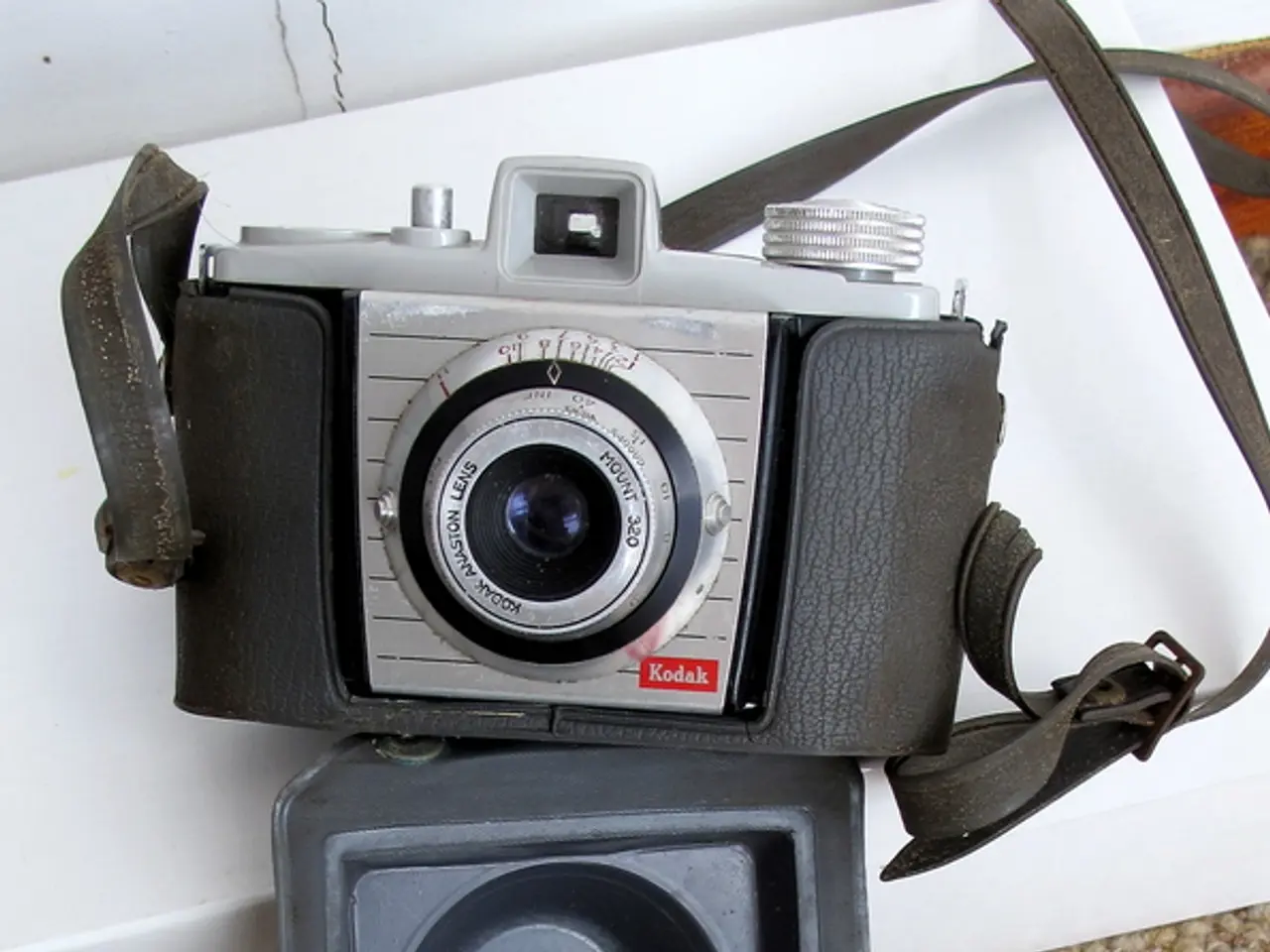Employing Infrared Cameras for Electrical Inspections to Locate Potential Hazardous Short Circuits
In the world of electrical maintenance, thermal imaging cameras have become an essential tool for early detection and prevention of potential problems. These devices aid in identifying abnormal heat patterns or hotspots in electrical equipment before visible damage or failure occurs.
The severity of an electrical fault is often measured by how far the current temperature rises above a reference temperature or a comparable location under the same load. Factors such as faulty wiring, insulation defects, motor issues, or friction in components can cause excess heat, which thermal imaging cameras are designed to detect.
By capturing infrared radiation, these cameras create heat maps that highlight anomalies without the need for physical contact or invasive inspection. This speedy fault identification minimizes disruption and allows maintenance teams to fix minor problems before they escalate into major failures with costly downtime.
Thermal imaging cameras are particularly useful in larger facilities where the risk for catastrophic failures is higher. These incidents can cause extensive damage, with the average electrical fire causing over $750,000 in damages.
Moreover, integrating thermal imaging with robotic inspections enhances safety by keeping personnel away from high-risk electrical zones while ensuring comprehensive monitoring. This proactive approach to maintenance leads to improved operational reliability, lower repair costs, and fewer service interruptions.
Maintenance personnel can track more details for problem items across multiple scheduled inspections, and technicians can use thermal camera data to show customers the severity of their electrical problems. Thermography also allows field professionals to inspect electrical systems from outside the NFPA-restricted approach boundary.
Hikmicro offers thermal imaging cameras suitable for detecting electrical faults in scheduled inspections. With these tools, businesses can build historical data for future analysis, improve their documentation, and ultimately, prevent costly electrical failures.
In conclusion, thermal imaging cameras support electrical fault prevention by enabling accurate, non-invasive, early detection of thermal anomalies, facilitating predictive maintenance, reducing repair expenses, and enhancing safety and uptime.
[1] Electrical Inspections: The Benefits of Thermal Imaging Cameras [2] Thermal Imaging in Electrical Maintenance [3] Using Thermography for Electrical System Inspections [4] The Role of Thermal Imaging in Predictive Maintenance [5] The Importance of Emissivity in Thermal Imaging
- In the realm of financial management, integrating predictive maintenance practices using thermal imaging technology could lead to significant savings, as it helps prevent costly electrical failures and reduces repair expenses.
- Technology advancements in thermal imaging cameras, such as those from Hikmicro, offer businesses the ability to build historical data for future analysis, ultimately improving their financial records by preventing expensive electrical mishaps.




